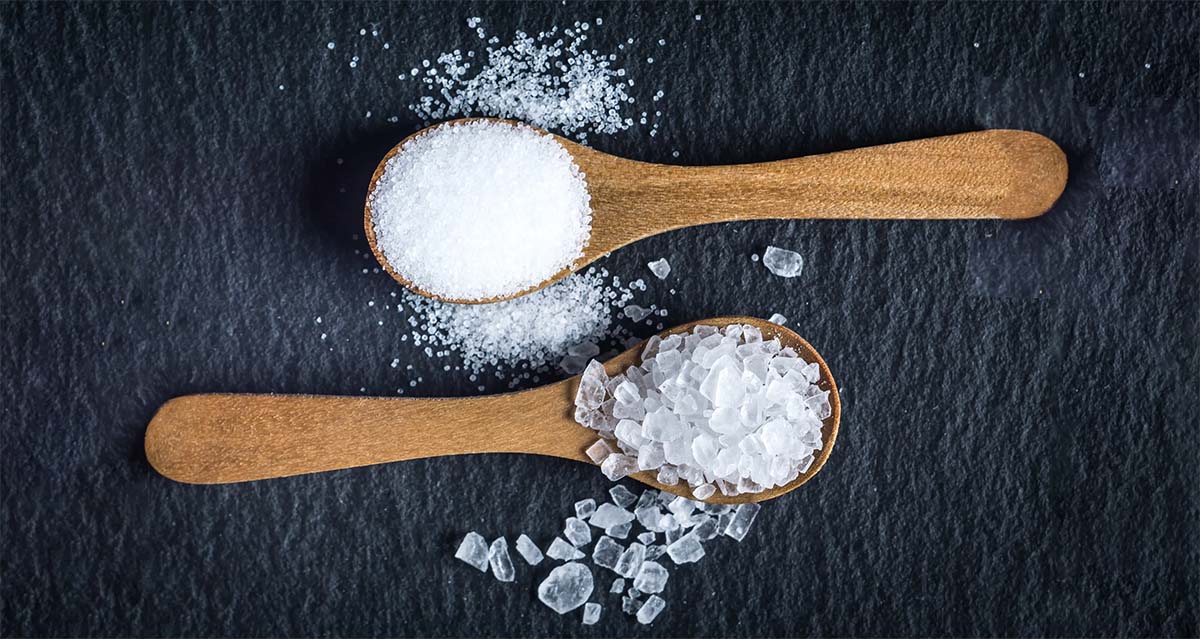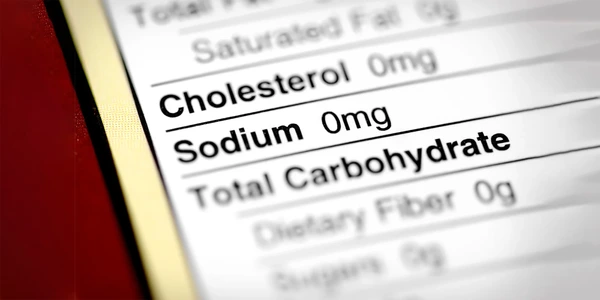Various methods and technologies are being employed to achieve this goal. These range from using substitutes like potassium chloride to innovative flavor enhancement techniques. However, the challenge lies not only in reducing sodium content but also in maintaining taste and consumer acceptance. This article aims to shed light on these aspects. Join us as we delve into the intricacies of sodium reduction technologies in food production and their industry acceptance.
The Health Imperative for Sodium Reduction
High sodium intake is linked to health issues like hypertension and cardiovascular diseases. This has led to a growing demand for low-sodium food options among health-conscious consumers. In response, regulatory bodies like the FDA have issued voluntary sodium reduction targets. These initiatives aim to encourage the food industry to decrease sodium content, promoting healthier dietary choices for consumers.
Sodium Reduction Techniques in Food Products
A variety of techniques are available for reducing sodium in food products. One common method involves the use of sodium substitutes, such as potassium chloride. This ingredient can significantly reduce sodium content without compromising taste. Technological advancements have also led to the development of flavor enhancers. These can help maintain taste while reducing sodium, making low-sodium products more palatable to consumers. Microencapsulation is another technique used in sodium reduction. This process can mask the bitterness of potassium chloride, improving the taste of low-sodium products.
Potassium Chloride: A Popular Sodium Substitute
Potassium chloride is a popular sodium substitute in the food industry. It can effectively reduce sodium content while maintaining the salty taste that consumers enjoy. However, potassium chloride can have a bitter taste. To overcome this, food manufacturers often use micro-encapsulation techniques to mask the bitterness.
Technological Innovations in Flavor Enhancement
Technological innovations play a crucial role in sodium reduction. Flavor enhancers, for instance, can help maintain the taste of food products while reducing their sodium content. These enhancers work by boosting the natural flavors of food. This reduces the need for added salt, contributing to lower sodium levels.
Natural Alternatives and Blending Strategies
Natural alternatives and blending strategies are also effective in reducing sodium content. For example, blending salt with herbs and spices can maintain flavor profiles while reducing sodium. Similarly, the use of sea salt can lower sodium levels. Sea salt also contains trace minerals, offering additional health benefits.

Industry Acceptance and Consumer Perception
The acceptance of low-sodium products in the food industry is growing. This is largely due to increasing consumer demand for healthier food options. In addition, the Food and Drug Administration in the United States has taken steps to encourage acceptance of low sodium food ingredients like Potassium Chloride. However, taste remains a critical factor for consumer acceptance. Therefore, the industry must balance sodium reduction with maintaining appealing flavor profiles.
The Role of Sensory Testing
Sensory testing plays a crucial role in the development of low-sodium products. It ensures that these products meet consumer taste expectations. Through sensory testing, manufacturers can fine-tune their recipes. This helps to create low-sodium products that are both healthy and enjoyable to eat.
Conclusion: The Future of Low Sodium Solutions
The future of low-sodium solutions lies in continuous innovation, consumer education, and industry collaboration. In addition, government and regulatory authorities can play a role in encouraging the creation and adoption of sodium reduction solutions for food products.
